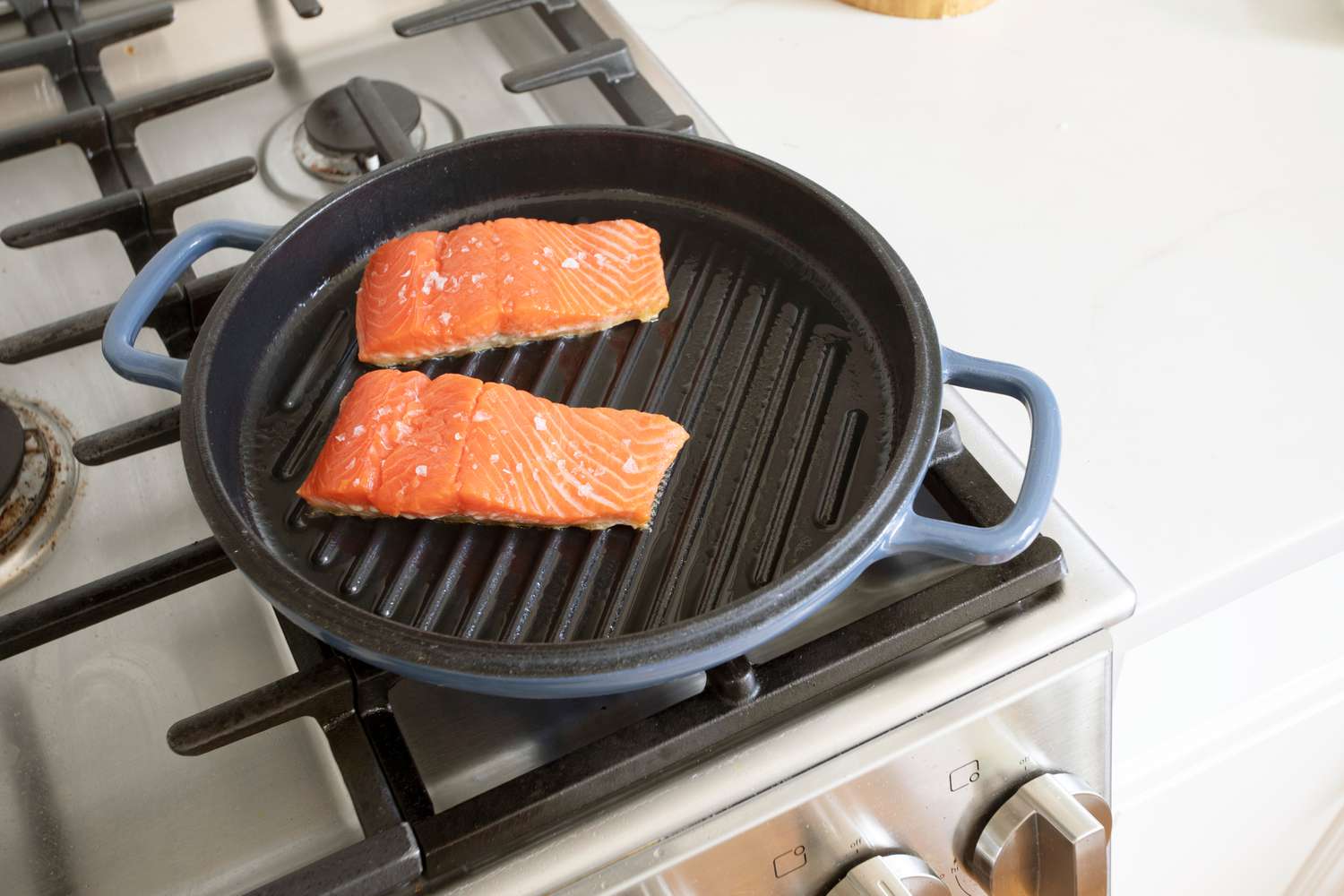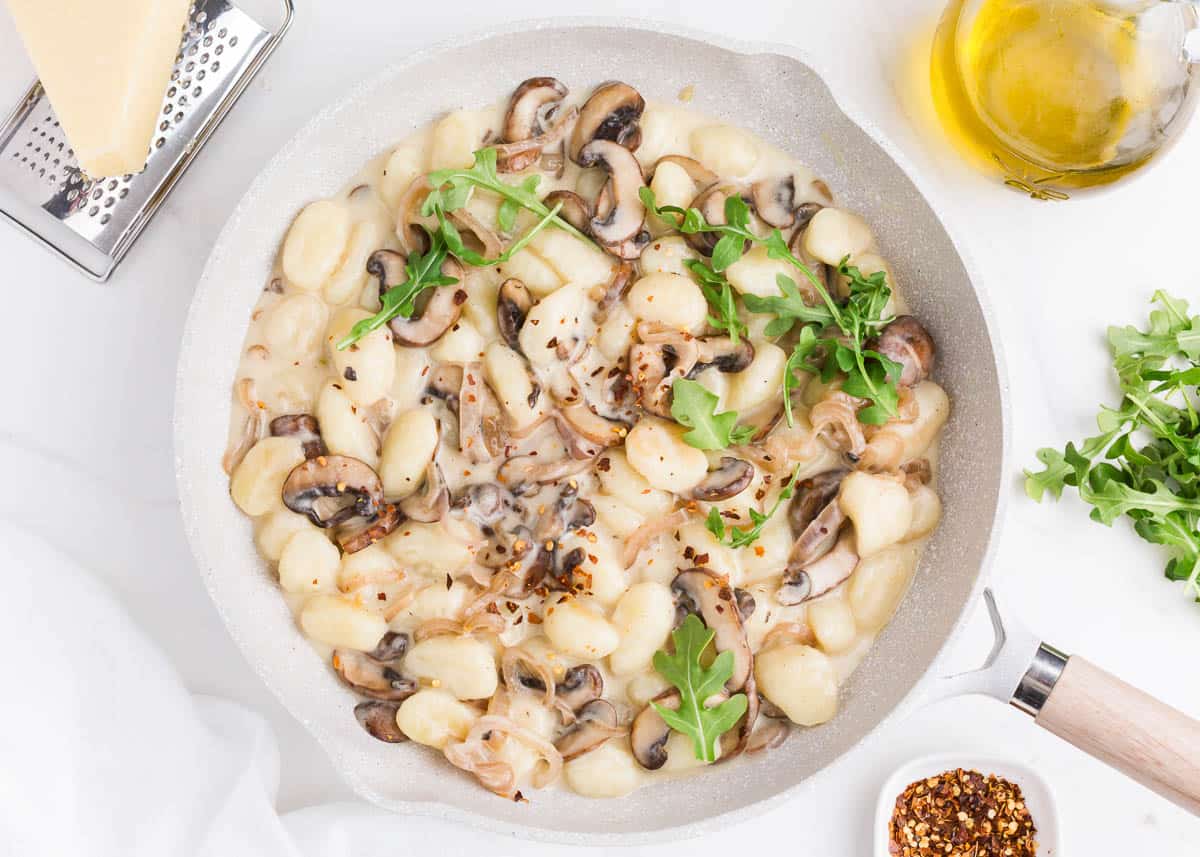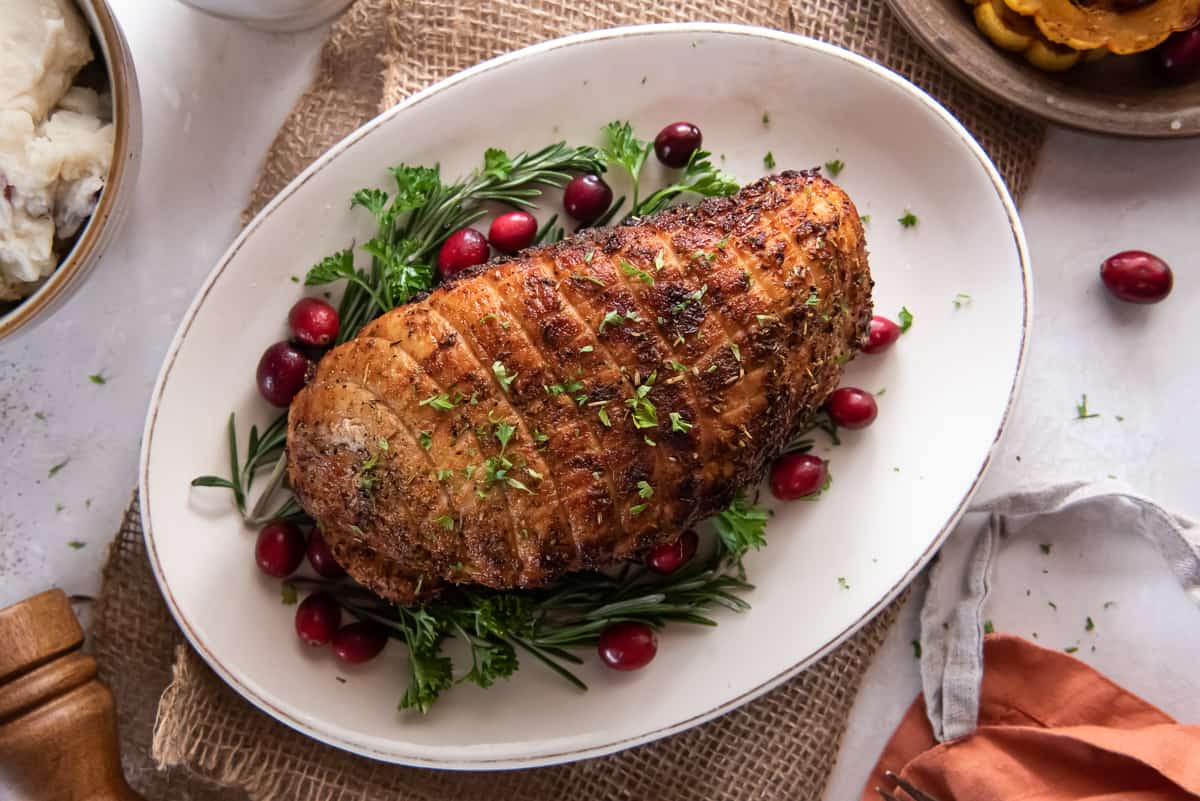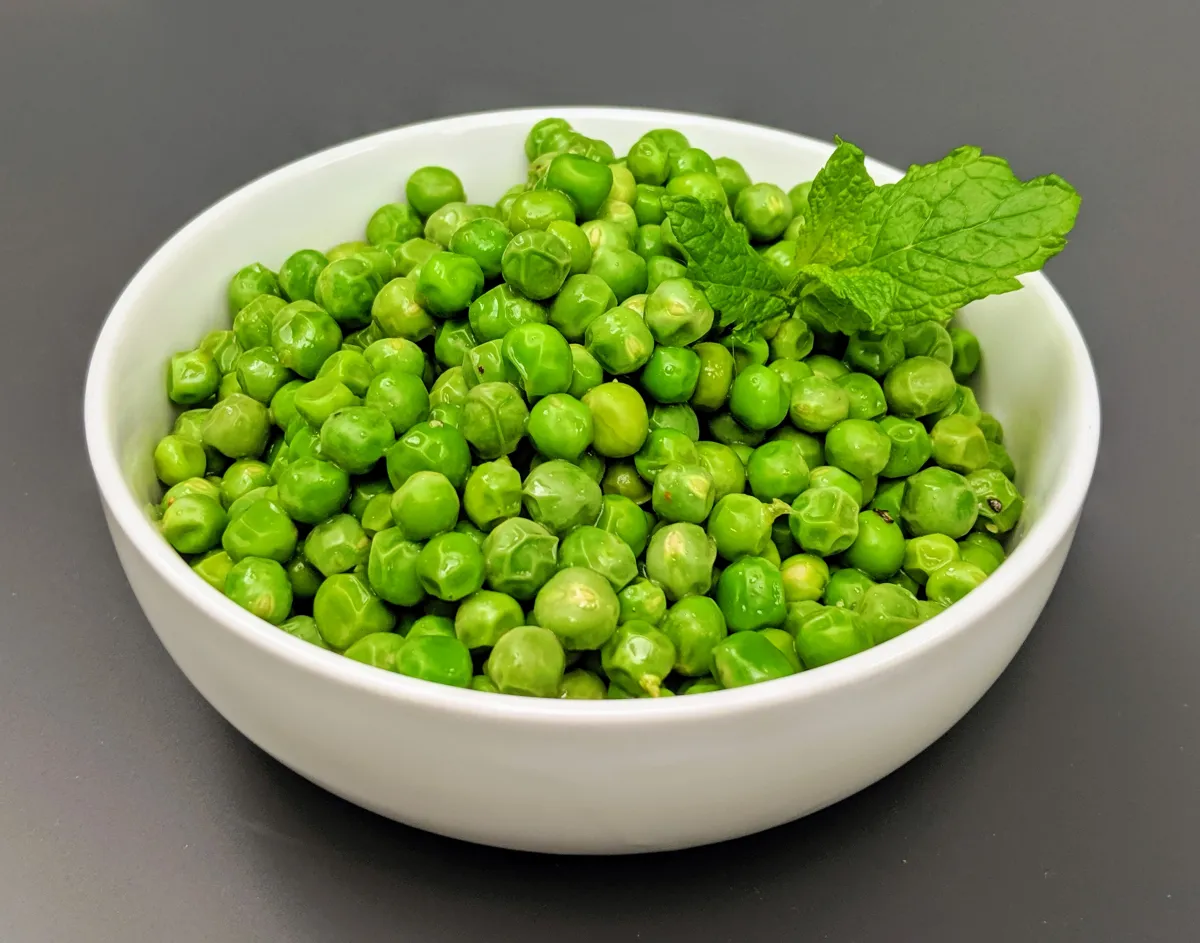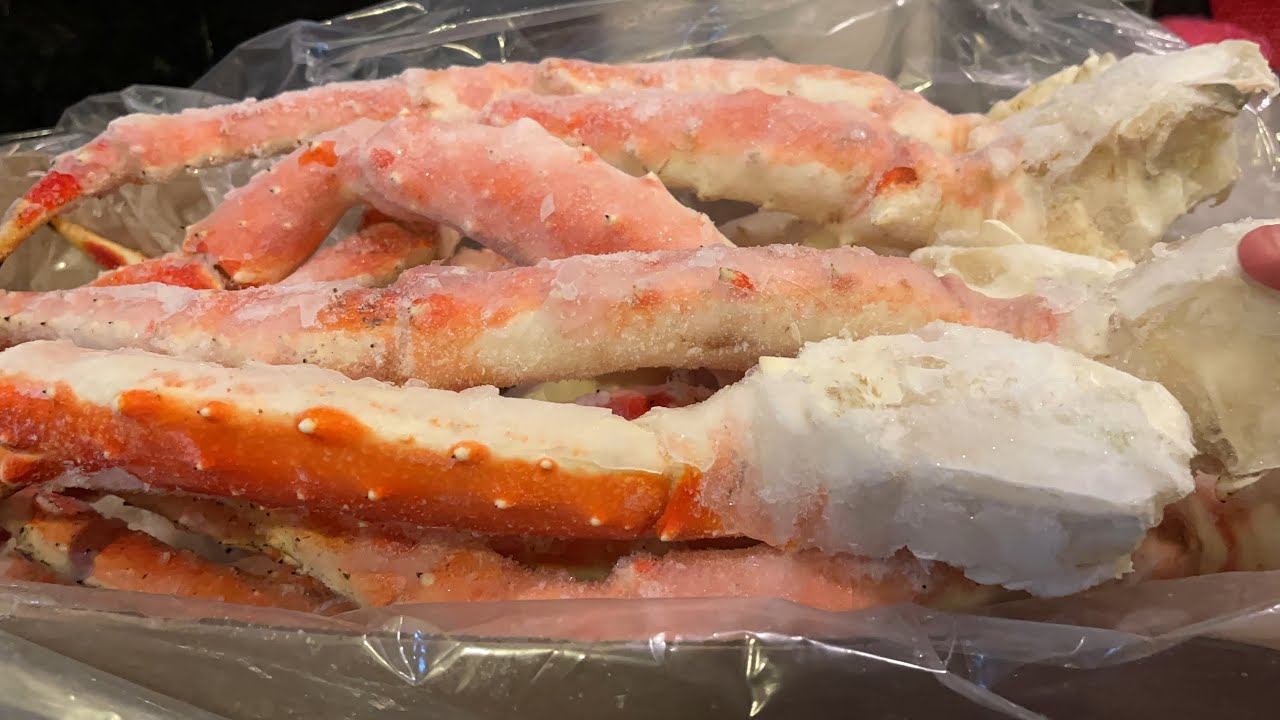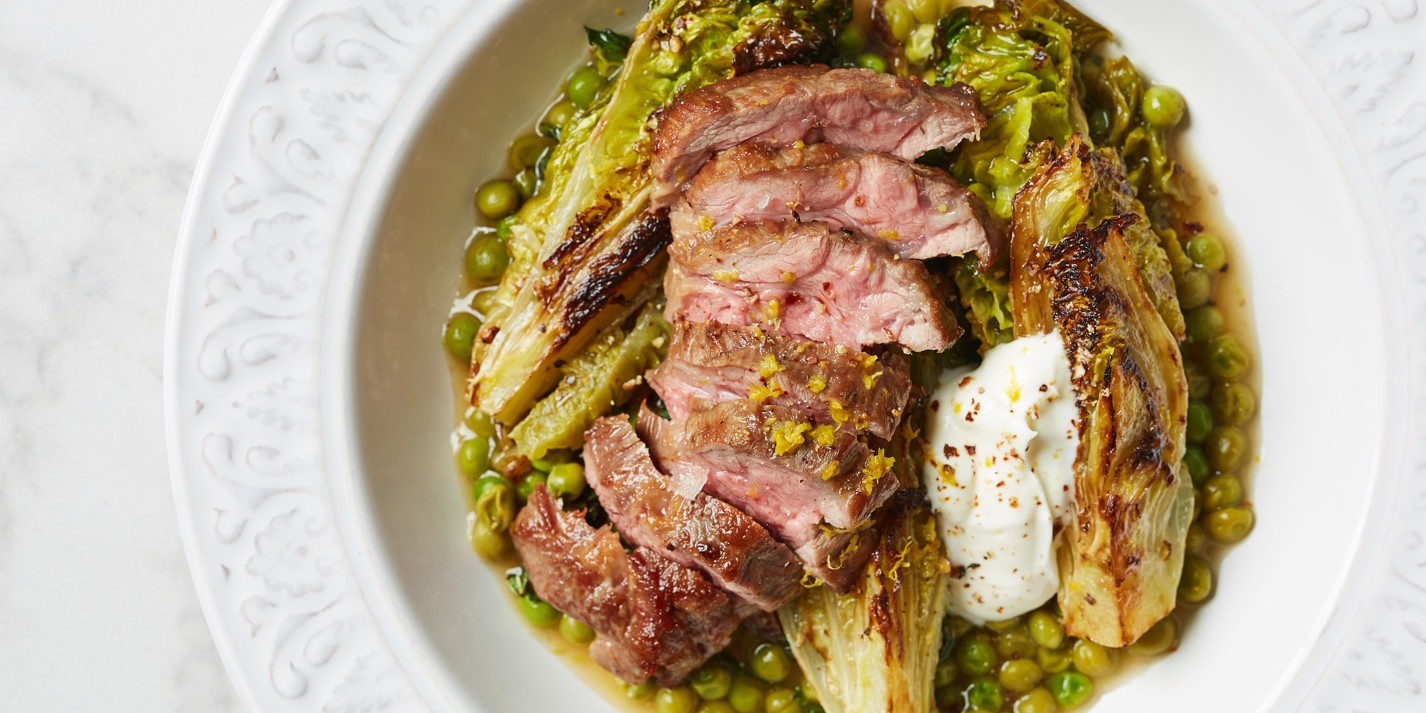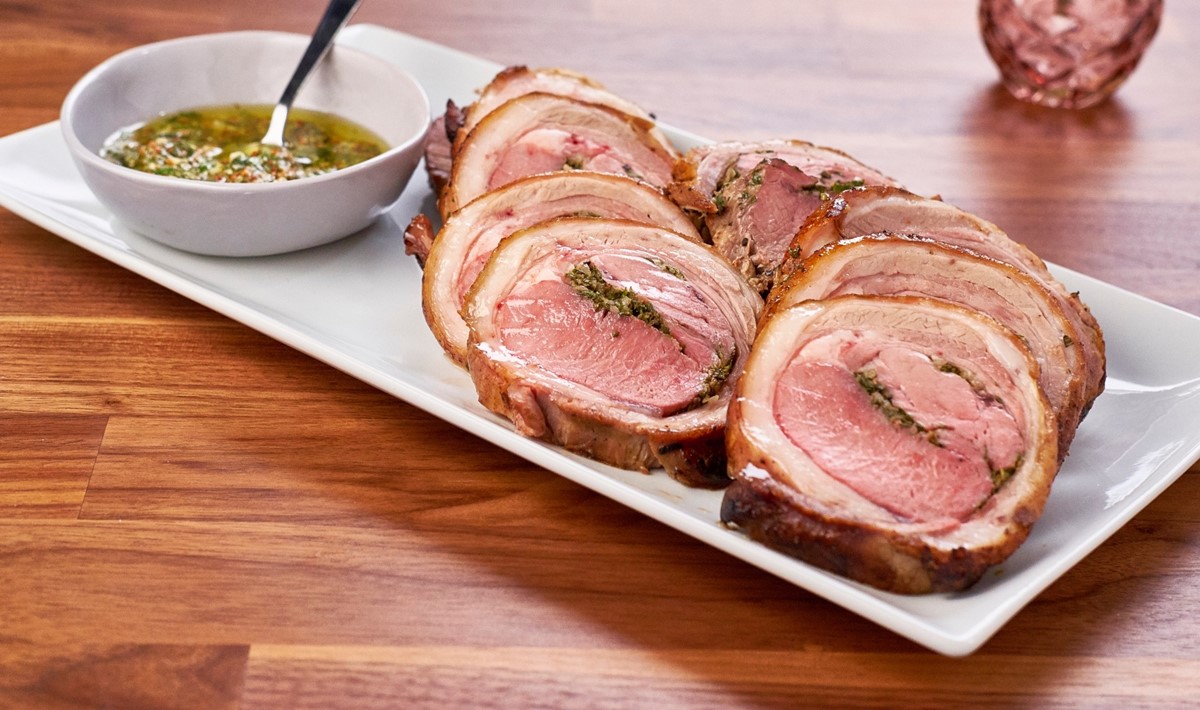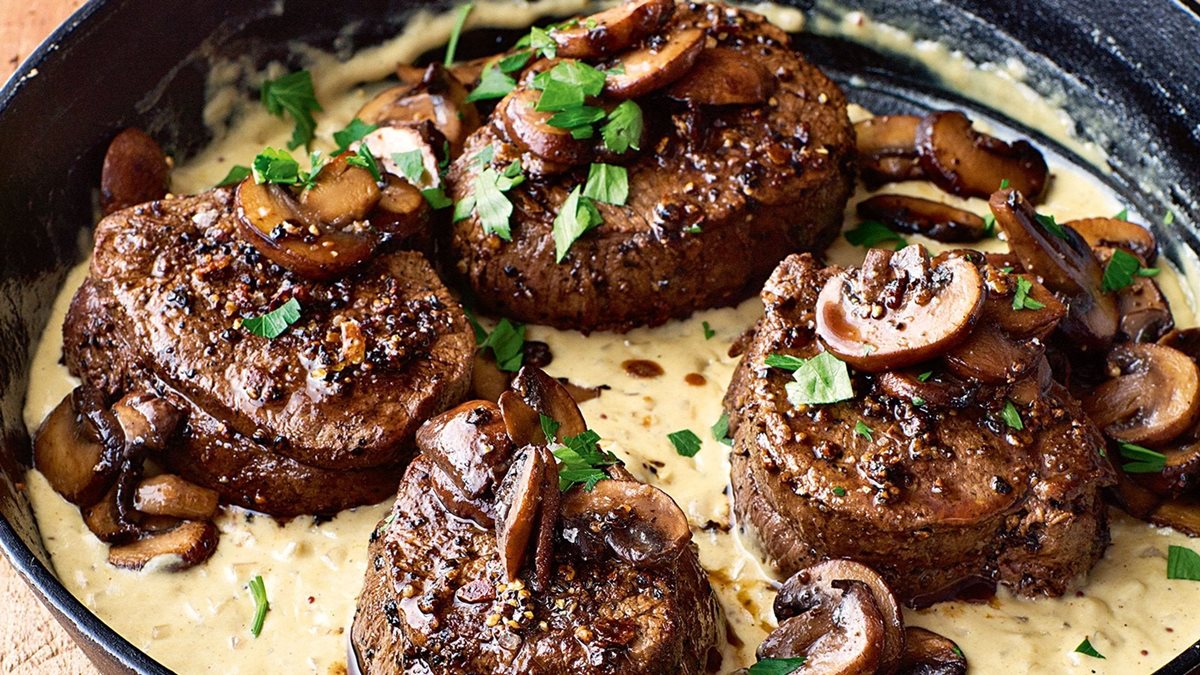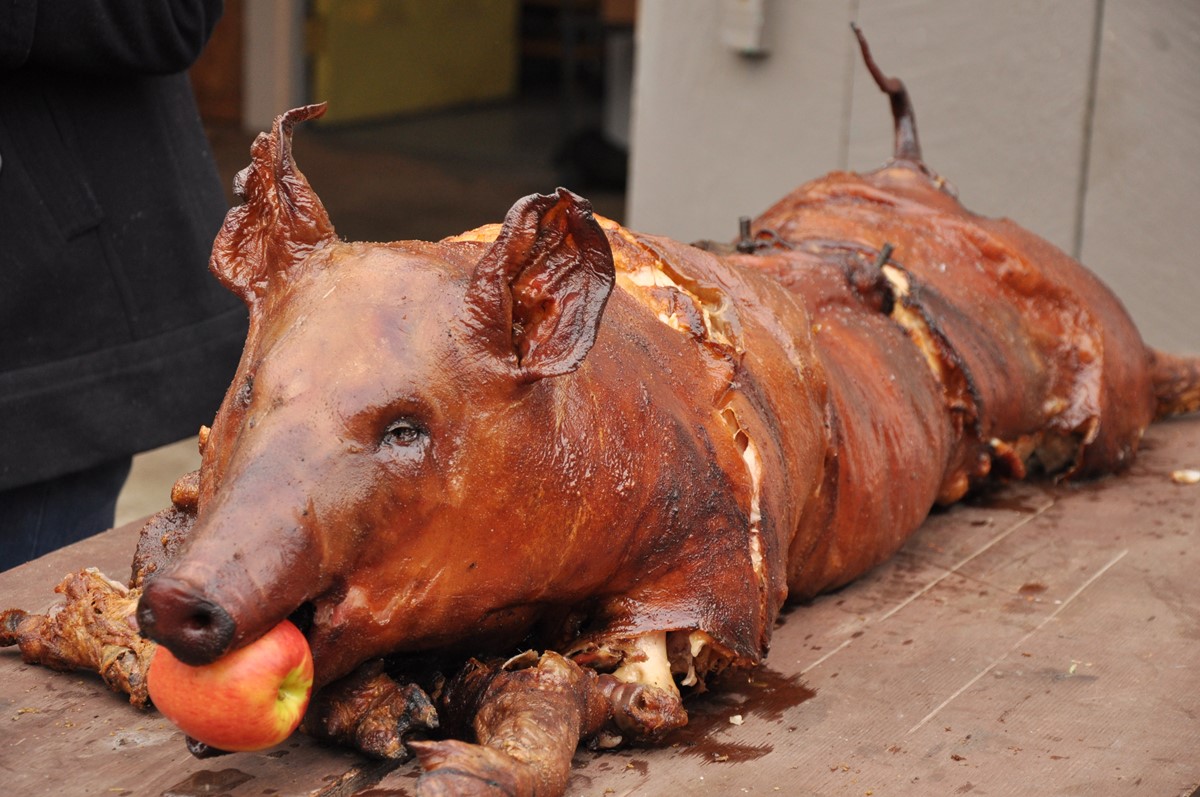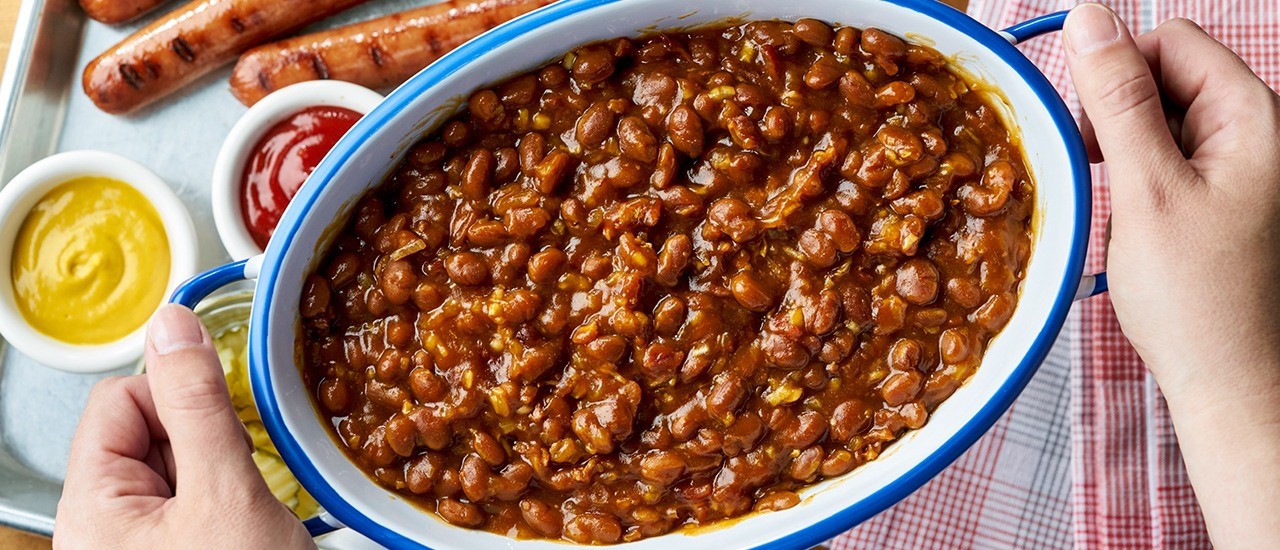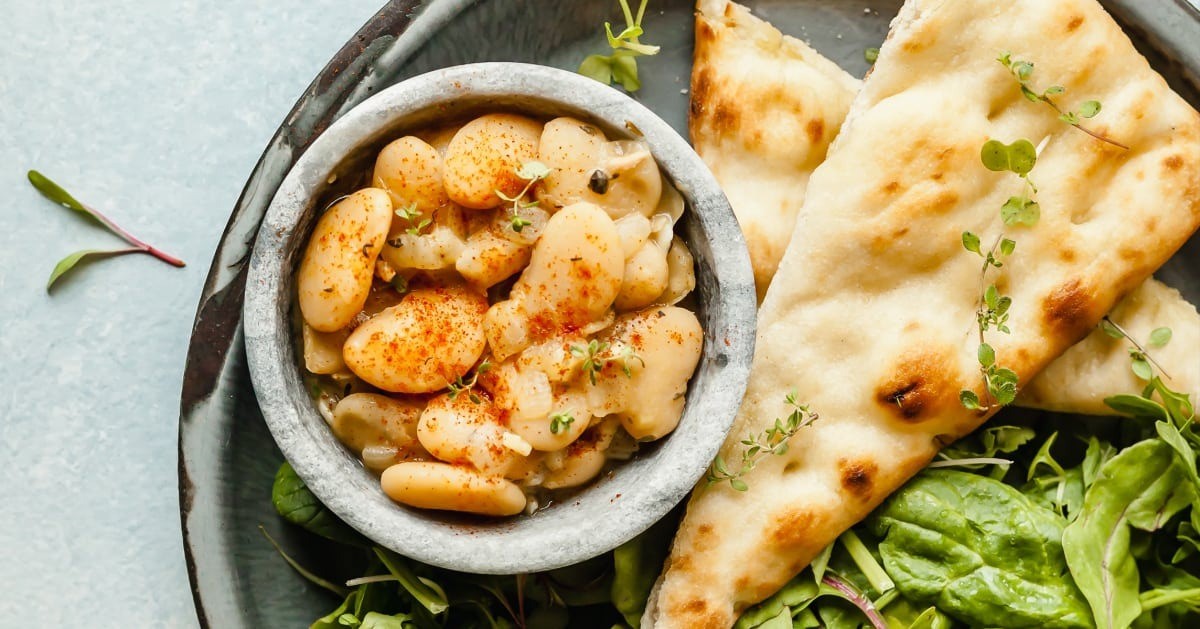How To Cook Dry Field Peas
Are you ready to add a delicious and nutritious dish to your culinary repertoire? Look no further than dry field peas! Packed with flavor and loaded with nutrients, dry field peas are a versatile legume that can be enjoyed in a variety of dishes. In this guide, we will walk you through the steps to cook dry field peas to perfection. So, put on your apron and let’s get cooking!
Step 1: Prepare the Peas
Before cooking dry field peas, you will need to prepare them properly. Start by sorting through the peas to remove any debris or damaged ones. Rinse them thoroughly under cold water to remove any impurities. For best results, soak the peas overnight to reduce cooking time and enhance their texture.
Step 2: Cooking Methods
There are several methods you can use to cook dry field peas. Choose the one that suits your taste and time constraints:
- Stovetop: In a large pot, combine the soaked peas with enough water to cover them. Bring the water to a boil, then reduce the heat to low and simmer uncovered for about 1 to 1.5 hours, or until the peas are tender. Skim off any foam that forms on the surface during cooking.
- Pressure Cooker: If you’re short on time, a pressure cooker can expedite the cooking process. Follow the manufacturer’s instructions for cooking dried legumes, but as a general guideline, cook the peas on high pressure for about 8-10 minutes.
- Slow Cooker: For a hands-off approach, you can use a slow cooker. Combine the soaked peas with enough water to cover them, and cook on low heat for 6-8 hours, or on high heat for 3-4 hours, until tender.
Step 3: Flavor Options
Dry field peas have a mild, nutty flavor that pairs well with a variety of seasonings. Here are some ideas to add a burst of flavor to your cooked peas:
- Season with salt, pepper, and a drizzle of olive oil.
- Add diced onions, minced garlic, and a sprinkle of smoked paprika for a savory twist.
- Enhance the taste with herbs like thyme, rosemary, or bay leaves.
- For a touch of heat, add red pepper flakes or a dash of hot sauce.
Step 4: Serving Suggestions
Now that your dry field peas are cooked and flavored to perfection, it’s time to enjoy them! Here are a few serving ideas to get you started:
- Pair with steamed rice or quinoa for a hearty and satisfying vegetarian meal.
- Add cooked peas to soups, stews, or chili for an extra dose of protein and fiber.
- Mash the peas and spread them on toast for a delicious and nutritious twist on traditional avocado toast.
- Toss cooked peas into salads, pasta dishes, or grain bowls to add texture and flavor.
Now that you know how to cook dry field peas, it’s time to get into the kitchen and put your newfound knowledge to use. Experiment with different seasonings and flavor combinations to create your own signature dish. Whether you’re a seasoned cook or a novice in the kitchen, dry field peas are sure to become a staple in your meals. Bon appétit!
More Delicious Ways to Enjoy Dry Field Peas
Now that you've mastered the basics of cooking dry field peas, it's time to put those skills to the test with a variety of delectable recipes. Whether you're in the mood for something hearty like Hearty Field Pea and Ham Soup or looking for lighter fare such as Fresh Herb Field Pea Salad, there's something here for every palate. I highly recommend the Smoky Field Pea and Rice Casserole for a comforting and flavorful dish that showcases your new ability to cook these versatile peas perfectly. For those who enjoy a bit of a kick, the Spicy Field Pea Chili will not disappoint, offering both heat and depth of flavor.
Was this page helpful?
Read Next: How To Cook Packaged Udon Noodles
